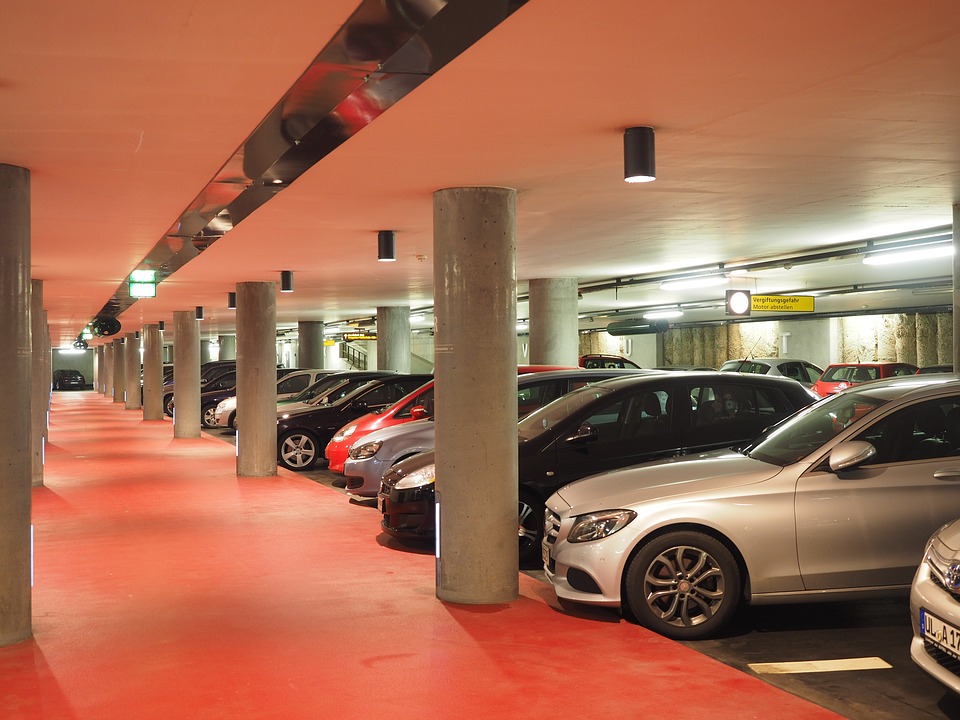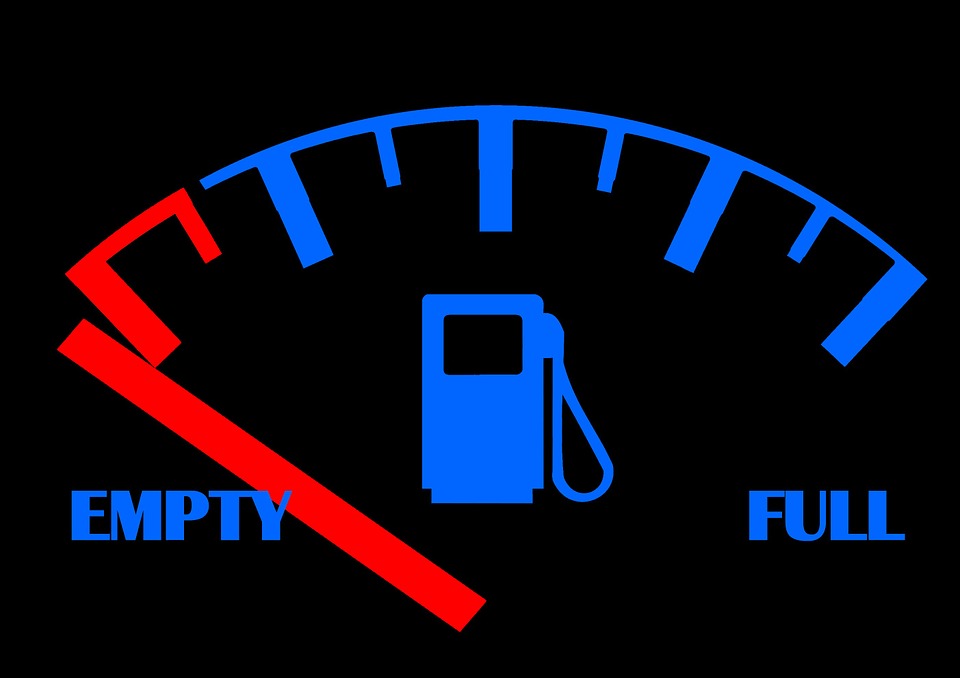For many people, there’s nothing better than heading to the open road behind your own vehicle, or a rental. This offers the ultimate freedom, allowing you to go where you want, when you want and ultimately explore as much as possible.
Of course, it also brings its own factors. Before setting off, there is plenty you should first consider. Here are a few vital tips for traveling on the road with your car.
Adapt To The Terrain
Depending on where you’re going, there’s a good chance the terrain is rather different than where you live now. If you’re from the city, for example, there will be completely different conditions in a mountain range, so the chances are your vehicle currently isn’t well suited for the situation.
The biggest example of this? Car tires. Inner city and town drivers can get away with summer tires all year around but, if you’re heading off road or somewhere where the tarmac isn’t immaculate, some winter tires – or at least something with better grip – offers a safer journey and better response from your car.
On the other hand, if you’re just taking the highway from one city to another (and it’s not raining too much), your regular tires will be enough.
Service Your Car Before You Leave
If you’re going to be driving a lot while you are away, have your car serviced before you go. You should ideally do this a number of weeks before you head off, if you can. This way, if there’s something that could cause problems, such as leaking fluid pipes or an old engine part, it’s much better to get these safely replaced now than having a sudden emergency on an unfamiliar road.
One area that isn’t always looked at, but might be worthwhile here, is your suspension. Good suspension is required for any rough roads. Nobody wants to be stuck in an excessively bumpy car for a few hours! Plus, poor suspension will only damage your car throughout the trip, ensuring it’s even worse when you get back home.
As an extra piece of advice, remember where you’re traveling. If it’s going to be warmer or cooler than you’re use to, the service will be a good time to ensure the air conditioning is working and the battery is well charged.
Pack A Basic Maintenance Kit
Of course, if you’re traveling to a different country, there may be different legal requirements too. Some countries have different criteria when it comes to the likes of:
- Emergency triangles (to be placed when working on the vehicle)
- Reflective jackets (so other drivers can see you)
- First aid kits.
- Spare light bulbs or fuses
- Fire extinguisher
- Spanners, jacks, jump leads and other basic supplies
When in doubt, remember that it’s better to have these than to not have them, regardless of whether the law obligates you or not. Most cars have space for first aid kits in the front of the car, while the rest of the supplies are rather small and should easily fit in the back of the vehicle.
Prioritize Secure Parking
Despite the urge to travel on a budget, this an area that should never be overlooked. If you’re going to leave your car in a town, city or country you are not familiar with, make sure it is somewhere secure. A car park with CCTV is good, of course, but on-site parking at your hotel or accommodation is also useful.
Parking on a side street or remote area, on the other, is not so advised. You don’t want to wake up and walk to your car to find it broken into or, even worse, missing. Remember that, whether you’re out of the country or just out of state, your foreign license plates are a strong indicator for possible thieves.
If you know where you’re going, try and find somewhere great to park ahead of time. Not only does this give you a safe place to park, it saves a few hours driving around to find somewhere once you arrive.
A Full Tank
Finally, it might seem simple, but it’s worth starting on a full tank. You never know if you end up driving more than you intend to – whether someone gets lost or you decide to visit a few more locations on your adventure – but a full tank will ensure its you don’t need to refill straight away.
Similarly, it’s worth planning these stops on your trip, with a little wiggle room to spare. Put it this way: if you’re driving 500 miles and your car can do around 400 miles before you should refill, don’t leave this until the 400 mile mark. Find somewhere between the 300 and 350 mile mark. There’s no reason to take unnecessary risks.
As you can see, there are a few things you need to consider, but none of them are too taxing or require too much effort. Doing this now, however, is always better than having to do it during your holiday, so it pays to think ahead!
Guest Author: Giles Kirkland is a mechanic for Oponeo and loves to travel in his spare time, exploring new places via the open road. He enjoys sharing his knowledge to help others get the most from their vehicles and experience a better journey.





